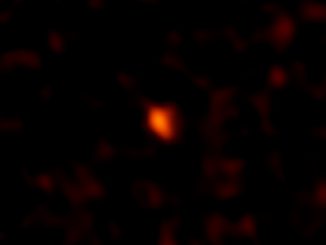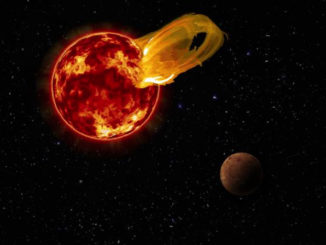
ALMA



Infant stars discovered surprisingly near galaxy’s supermassive black hole
At the centre of our galaxy, in the immediate vicinity of its supermassive black hole, is a region wracked by powerful tidal forces and bathed in intense ultraviolet light and X-ray radiation. These harsh conditions, astronomers surmise, do not favour star formation, especially low-mass stars like our Sun. Surprisingly, new observations suggest otherwise.

ALMA discovers cold dust around nearest star
The ALMA Observatory in Chile has detected dust around the closest star to the Solar System, Proxima Centauri. These new observations reveal the glow coming from cold dust in a region between one to four times as far from Proxima Centauri as the Earth is from the Sun. The data also hint at the presence of an even cooler outer dust belt and may indicate the presence of an elaborate planetary system.
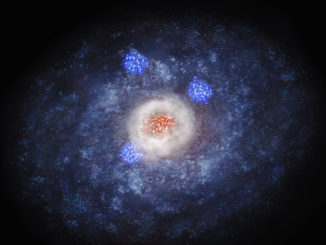
Explosive birth of stars can swell galactic cores
Astronomers have found that active star formation upswells galaxies, like yeast helps bread rise. Using three powerful telescopes on the ground and in orbit, they observed galaxies from 11 billion years ago and found explosive formation of stars in the cores of galaxies. This suggests that galaxies can change their own shape without interaction with other galaxies.

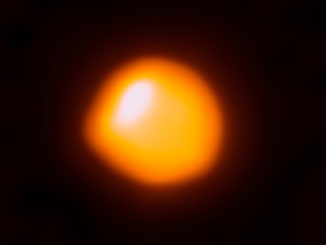
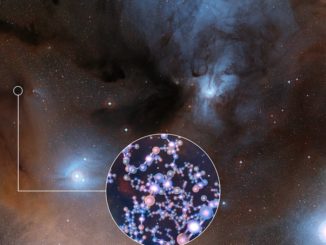

Newly discovered fast-growing galaxies could solve cosmic riddle
Astronomers have discovered a new kind of galaxy in the early universe, less than a billion years after the Big Bang. These galaxies are forming stars more than a hundred times faster than our own Milky Way. The discovery could explain an earlier finding: a population of surprisingly massive galaxies at a time 1.5 billion years after the Big Bang, which would require such hyper-productive precursors to grow their hundreds of billions of stars.
